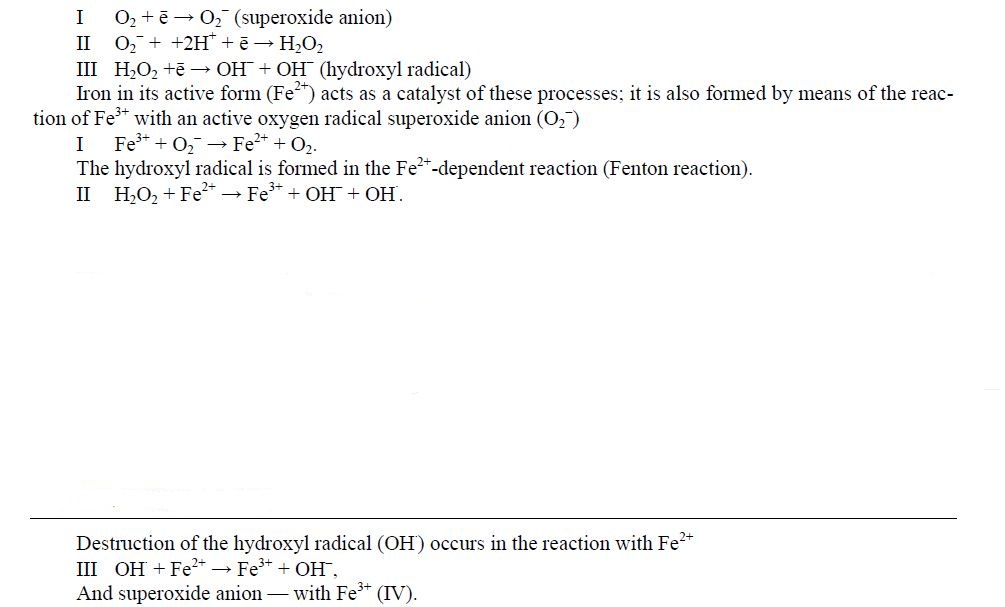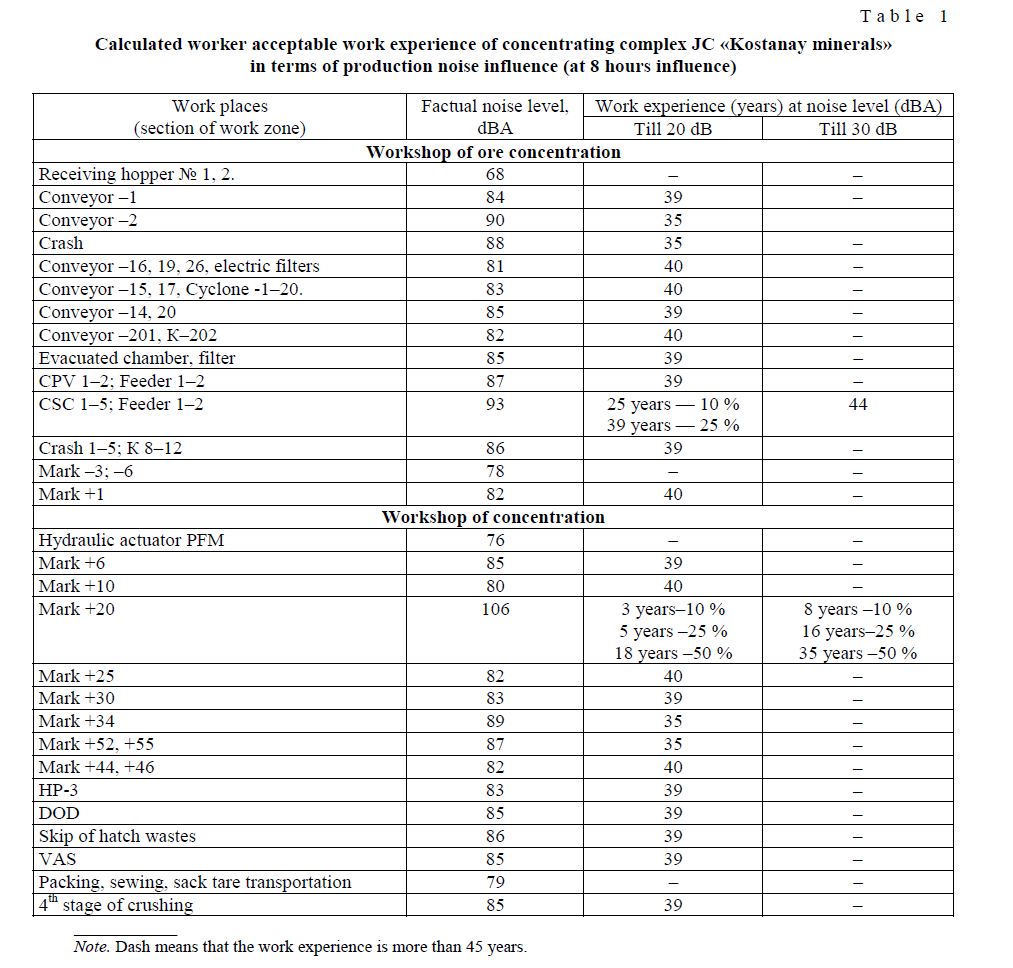The morphofunctional state of the mucous membrane of the upper respiratory ways among workers of chrysotile-asbestine production of JSC «Kostanaisky minerals»
Industrial dust in the conditions of modern production influences on the respiratory tract and mostly on the upper respiratory ways. Taking into account that between the nasal mucosa, pharynx, larynx and bronchi exist close morphofunctional connection, we can assume the presence of a common pathogenesis of professional diseases of the upper and lower respiratory tract infections. Numerous authors note that industrial dust causing a breach of mucociliary clearance, which in its turn contributes to the penetration of dust into the respiratory system deep laying parts and leads to the development of professional pathology of the respirato- ry system (sub-and atrophic rhinitis, the dust bronchitis, pneumoconiosis and asthma).
2012
Duzbaeva N.M.


